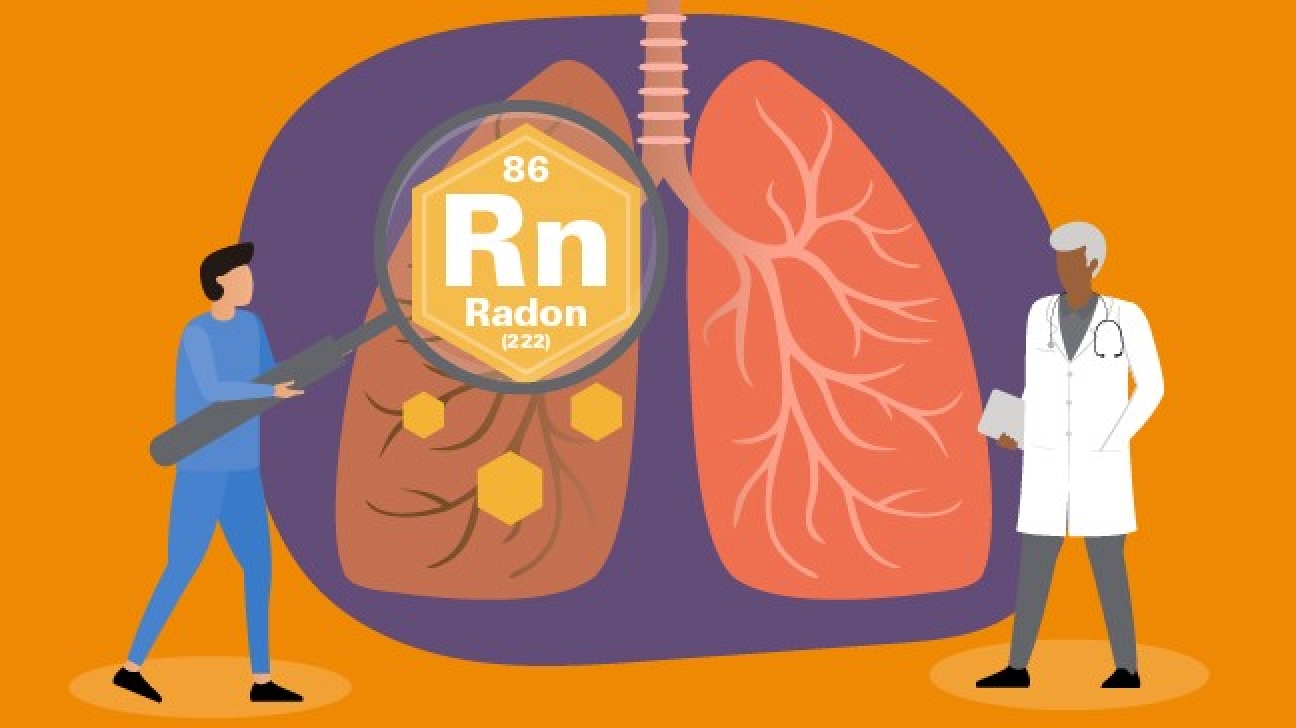
Lung Cancer Awareness Month: The Importance of Radon Testing
November 2024
Lung cancer remains the leading cause of cancer deaths in the U.S., with about 235,000 Americans expected to be diagnosed this year. During November, Lung Cancer Awareness Month, the American Lung Association emphasizes support for those impacted and advocates for a future free from lung disease.
This month, we’re spotlighting the connection between indoor air quality and lung cancer, especially the risks posed by radon. Radon is a naturally occurring, odorless, and invisible radioactive gas that can accumulate to dangerous levels indoors. When radon decays, it releases radioactive particles that, once inhaled, can damage lung tissue and lead to cancer.
Radon is the second leading cause of lung cancer in the U.S., responsible for about 21,000 deaths each year. It’s particularly concerning for non-smokers, accounting for approximately 2,900 lung cancer deaths annually. For smokers, exposure to both smoking and radon can significantly elevate the risk of lung cancer. Exposure to radon causes no immediate symptoms, but the long-term threat of lung cancer is important to everyone. People who have never smoked make up one out of seven radon-related lung cancer deaths each year.
The only way to detect radon levels is through testing, making November an ideal time to assess indoor radon levels as homes are naturally closed for the colder months. Professional radon tests are recommended to ensure compliance with national safety standards. All Tiger Radon Staff are Certified by the National Radon Proficiency Program (NRPP).
If you have an existing home with elevated radon levels, installing a radon mitigation system – which includes a vent pipe, fan, and the sealing of cracks in the basement floor and foundation – can effectively lower radon levels. This system collects radon gas from underneath the foundation and vents it outside your home. If you need a radon mitigation system installed, we recommend hiring a certified radon mitigation professional.
If you are building a new home in Connecticut the contractor is required to install radon-resistant features. These features include gravel and plastic sheeting below the floor, sealing cracks, and the installation of a vent pipe. Once the home is completely built, we recommend performing a radon test, as the levels could still be elevated. If the radon levels are elevated, a radon fan should be added to the system to lower the radon to the acceptable EPA level.
Resources for Radon Safety:
- Consumer’s Guide to Radon Reduction: Provides detailed information on reducing radon in homes and buildings.
- The National Radon Action Plan: Outlines strategies to protect people from radon exposure.
Stay proactive about your air quality to protect against radon-related health risks. Our certified staff is available to answer your questions and schedule your radon test.